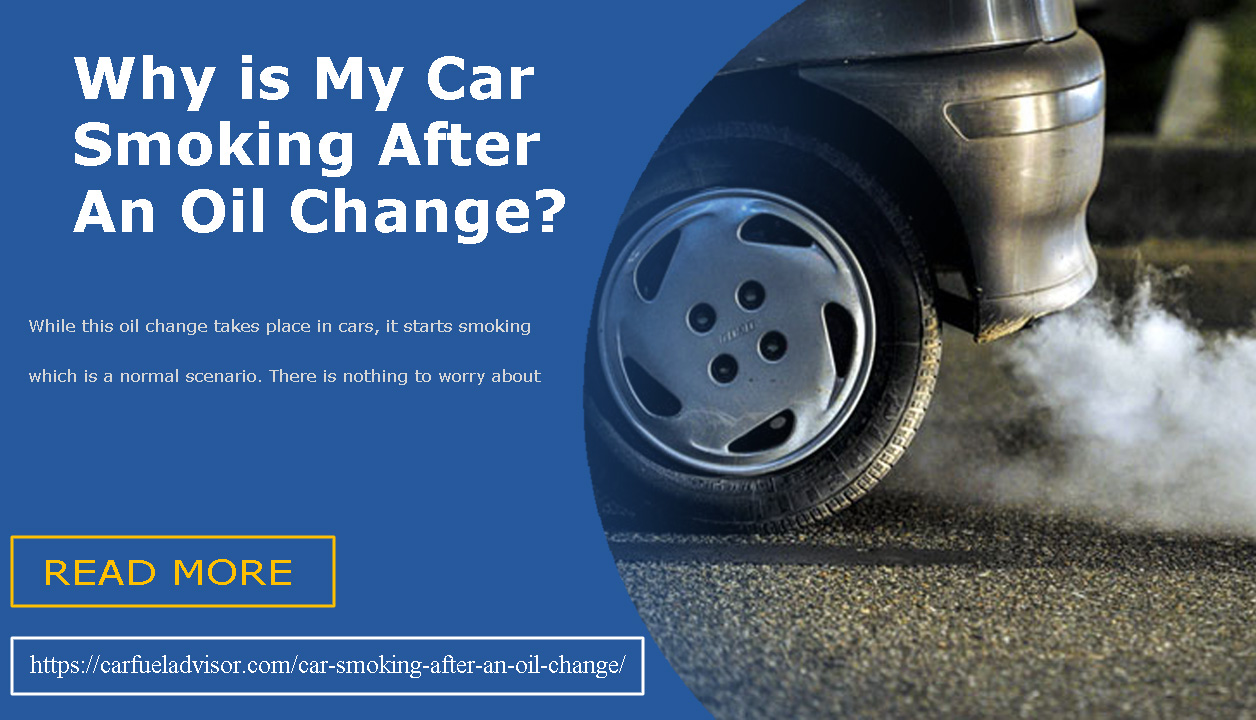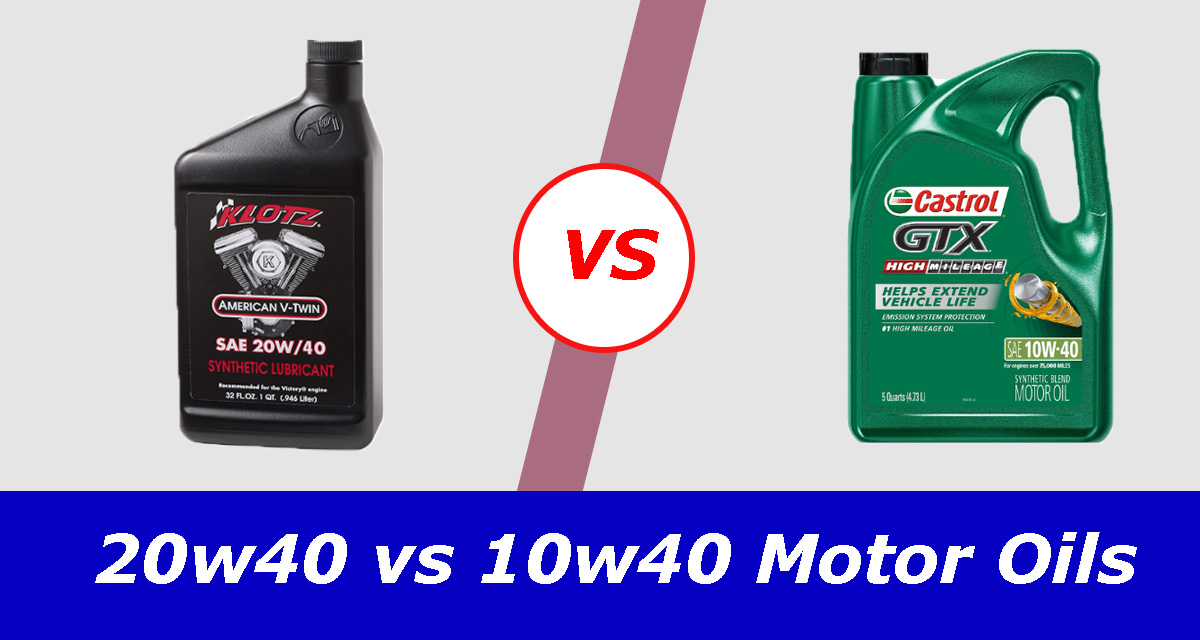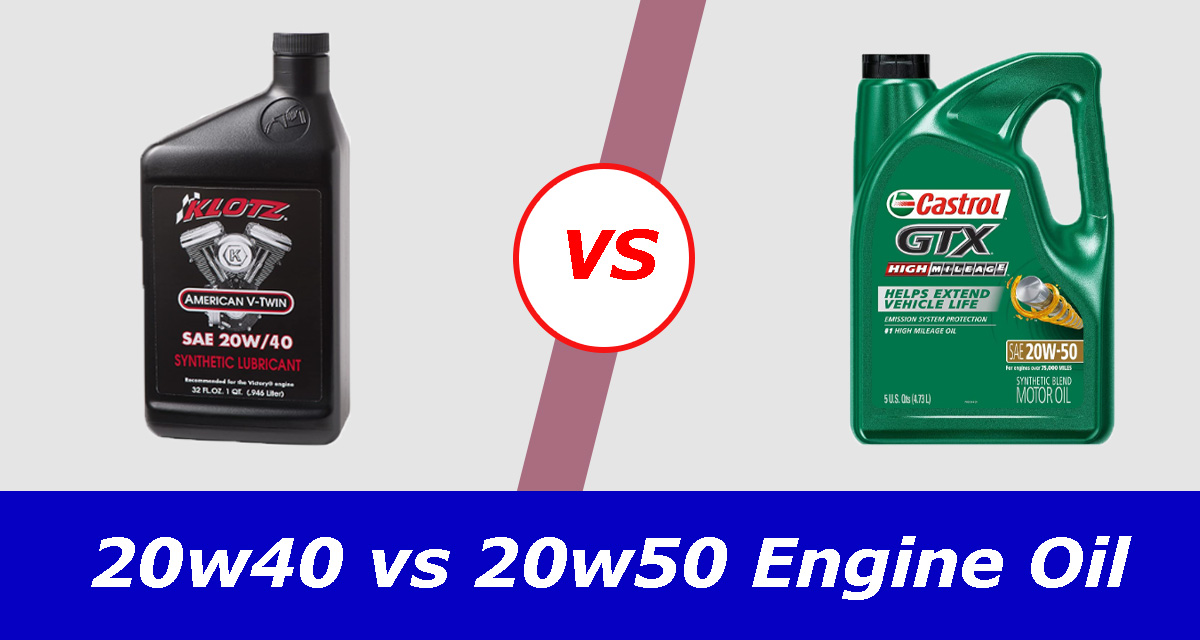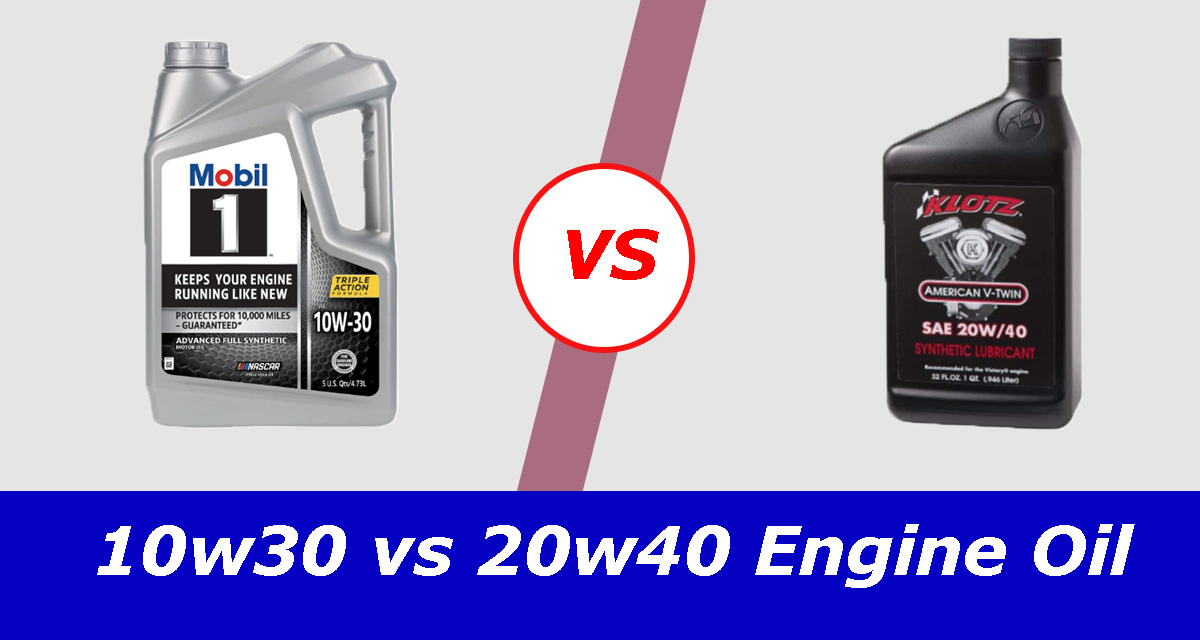Turning different forms of energy into mechanical energy is the prime function of an automobile or car engine. Various thermodynamic processes and internal combustion take place to do this conversion of energy. In simple words, it is the machine that takes charge of the function of conversion of heat from burning gas into the workforce, ultimately which will turn the road wheels.
Engines or motors are called the heart of the vehicle. But for a heart to keep pumping it requires a continuous and consistent flow of blood. Likewise, a vehicle engine requires oil which is the blood for it to keep moving on. Without oil, an engine is nothing but an object or numb structure of no use or function.
While this oil change takes place in cars, it starts smoking which is a normal scenario. There is nothing to worry about. Rather if your car does not exhaust any smoke while oil changes then that could be a problem for your car or engine. But sometimes a few other reasons also cause the phenomenon which is not really good for your car.
Well, for your better understanding let’s carry on while we discuss this phenomenon briefly. This article will clarify and help you understand car smoking after the oil change and everything about it thoroughly.
What is an engine or motor?

A motor or vehicle engine is a complex machine-built structure in various sizes and shapes with the aim to convert heat from burning gas into the workforce to get power to drive the road wheels. In simple words, these machines are designed for the conversion of one or several energies into mechanical energy.
This robust structure has two basic parts named as Cylinder block which is the heavier section of the engine and detachable upper cover of the engine, Cylinder head which bears the main moving parts in a casing.
The conversion of the heating process is done with the help of different and many thermodynamic processes. Internal combustion takes place while the engine follows its four-staged chain reaction. These reactions get instigated with a spark that ignites its mixture of petrol vapor and compressed air inside which were poured earlier inside in a sealed cylinder. Meanwhile, the reactions will cause burning rapidly which is known as internal combustion.
Now the theory that the engine is the heart of a car and oil is the blood is clear. The engine will not follow any internal combustion without the mixture of petrol and compressed air, the so-called engine oil. And no internal combustion, no power to drive the car.
What is engine oil?
Engine oil is the one that keeps pumping the car engine. The main basic function of engine oil is taking part in the internal combustion and lubricating the engine parts that are always in motion and friction.
Other than that they perform the function of cooling, cleaning, protecting against corrosion, and sealing. Engine oil ensures your engine’s longevity and durability. The proper running of the engine will be complicated unless the right type of engine oil is used. Right now manufacturers also incur the objective of decreasing fuel consumption and CO2 emission.
Why change the oil?
One of the many major reasons to change your engine oil is to increase the lifespan of your car and help it perform well consistently. This change ensures that your car is lubricated well and ultimately the heat produced by the engine is kept in control on a regular basis.
Along with that:
- Reduce the harmful emissions.
- Helps to extend the engine life.
- To get better mileage, changing the engine oil regularly is one of the best hacks.
- Removes the dirt and debris of the car.
- Improving the overall health of the car.
The question is how often should you change it? Motor oil lasts only for a certain period of time. Well considering that you need to change the oil as soon as the expiry date reaches. The better option is to do that on a regular basis even if the car is not used for a certain period of time.
Car smoking after an oil change

One of the most common reasons why cars start smoking under the hood is the spilling of engine oil or any other fluids that accidentally fell on the car engine. It can also happen due to the fact- bad gasket, any sort of seal onto a hot engine (unable to reduce the heat), or due to the bad exhaust system of old engines.
Those other fluids can range from power steering, engine coolant to brake and transmission fluid or even any type of window washer solvent or detergent. Even water vapor sitting in your engines for a long time like a day or overnight could cause the white smoke from your car.
Why does it happen?
In the case of a lot of vehicles and cars, the phenomenon of car smoking after an oil change is normal. Every time the oil change happens the oil filter is to be taken off, that is the moment when the scenario takes place.
The engine oil drips off the oil filter on the exhaust manifold of the car and also, the engine itself. As a result, the phenomenon occurs and it’ll happen mostly every time you change your oil. This smoke is totally harmless and puts no threats to your car. But addressing the problem as soon as possible is the better option to choose.
Sometimes the oil spillage directly falls on the exhaust port or the combustion chamber and this also results in the smoking of the car. The scenario can not only take place because of any spillage, leaking of any coolant can also be the reason behind the smoking.
Apart from this, the smoke could be; If the oil imputed while changing is not a mineral one rather a synthetic one which has a better cleaning effect on the varnish and the soot deposits of the car.
Remember this, every equipment manufacturer has its own specification manual for using oil. And not every oil behaves in every car or vehicle accordingly. So bother yourself a bit more with a thorough reading of the specification manual.Smokes emissions also take place if the oil is not the right one and the viscosity level is not matched with the specification of the manufacturers’ equipment. This will result in bypassing the rings on the piston or valve seals and ultimately smoke from the car while changing the oil and inputting the wrong type.
Is it good or bad?
Most of the time there is no threat if the car releases any white smoke from under its hood. There is no threat that is assured. But it’s not a good option to let that few probabilities of any serious issue might have happened, to let go.
The best way to understand if the smoke is a bad thing or a good thing is by observing the color and odor of the smoke. As already mentioned white smoke means no threat. The possibility that it took place is due to any spillage. That is when the change of oil takes place.
But if the color is bluish-white, the reason could be that the oil you are changing is bypassing directly through the rings of the pistons or the valve seals of the car and ultimately being burnt in the internal combustion chamber where the reaction takes place. Getting any mechanic or getting the car to any automation shop as soon as possible is the best thing to do.
This colored smoke can also happen because, during the oil change, the sump of the car may have been overfilled with oil. And that excess oil has reached the cylinder oil through dragging and also, into the combustion chamber due to the overpressurizing of the crankcase. That time you know your car is really in danger and the smoke is not really good for the car.
Gray smoke with a bitter odor from the engine after oil change means there is possibly leaking in the valve seals, seized piston rings, or clogged PCV valve. Nothing much can be said unless checked by the mechanic and the exact reason being investigated. Thick grayish smoke is also produced from defective transmission vacuum modulators as the fluid or oil is sucked into the intake manifold.
Black smoke is the most threatening one in this case. It means the oil has directly affected the car’s electrical circuits. Electrical failure and burnt wires from a short circuit while changing oil may have caused the light to flicker or interfered with other electrical parts of the car engine that would result in black smoke. In simple words, the black smoke from your hood means the raw fuel is being burnt in the car.
If you do not address the problem it will ultimately result in poor gas mileage of your car and possibly even could damage the CO2 sensor along with the catalytic converter.
What to do to stop it?

No matter the reason or the time of smoking, always be cautious and leave your car. If you are experienced and confident enough, consider figuring out the problem as soon as possible. Use common sense in all the steps you take from then on. Observe the gauges of your car and the warning lights to know if the car is overheating or the oil pressure is low or the check engine light is one or if the oil light is on.
Consider wiping off the oil that spilled during the change or any fluid that fell with rags. This will minimize the burn and eventually stop smoking. But if you feel any leak after a quick inspection or anything else through observing the smoke color and odor, wiping wouldn’t be enough and it’s the best thing to do to not ride your car again until the problem is addressed and solved by a professional.
And the best solution is to pull over and stop driving the car the moment it starts to smoke. Call your nearest professional or go to the nearest automation shop to figure out the smoking problem and take care of it.
The phenomenon might look like a threatening one but most of the time it isn’t. Unless anything serious happened to your car. This article may help you find out the best resolution and offer a good understanding of the scenario. So the next time the phenomenon takes place you can handle it yourself without any worry.
Read More: Is Engine Oil Flammable Or Combustible? What No One Is Talking About




